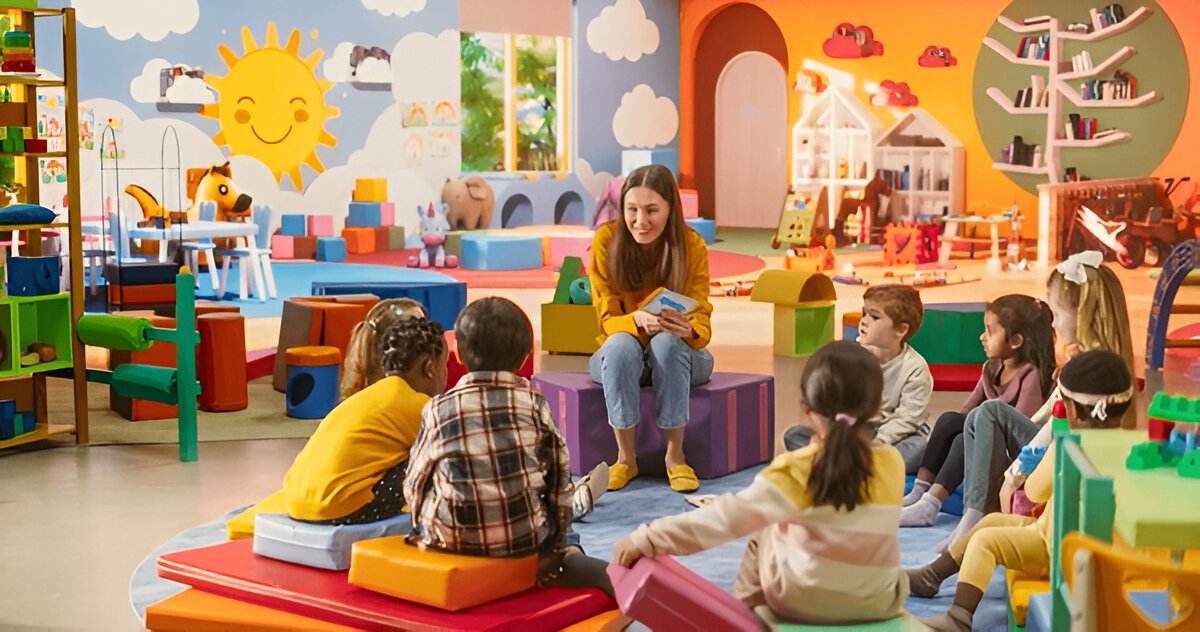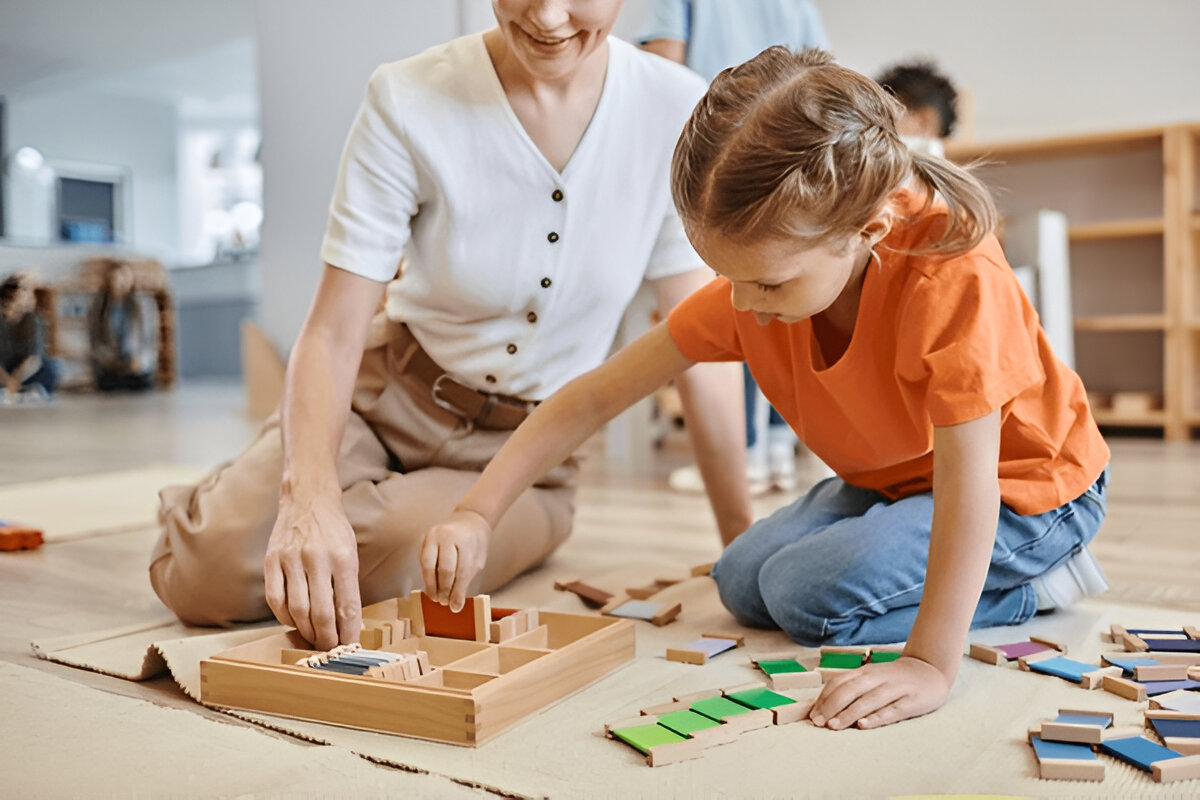As a parent, you’re aware of the scraped knee on the playground, the frustration of an awkward tough homework question or the sadness of a friendship quarrel. Life is full of stressors, even for children. While instinctively we want to bubble wrap our children, but more importantly, we want to provide them with the tools to create their own resilience. Resilience is the ability to bounce back from adversity. Resilience building is fundamental to lifelong mental health and well-being. It is about teaching children not to run away from a problem, but to stand up to it. This expert-sourced article provides hands-on, actionable resilience building activities for kids to use at home and in the classroom. We will discuss Healthy Coping Strategies for Kids and Teens and fun coping skills activities for kids so that you can raise a child who is ready to thrive.
What is Resilience and Why is it Crucial for Kids?

In layman’s terms, resilience represents the process of adapting successfully in the face of adversity, trauma, tragedy, threats or other significant sources of stress such as family and relationship problems, health problems, or workplace and financial stressors. Resilience is not the absence or numbness of feelings or avoidance through “toughing it out”. Resilience is the process of identifying feelings of disappointment, frustration or sadness, and finding a way through construction action to deal with those feelings.
A resilient child is one who:
Recognizes & Manages Emotions
Identifies their emotions and possesses emotional coping skills. Emotional intelligence helps manage feelings in healthy ways.
Holds a Positive Self-View
Maintains a positive self-image and feels confident addressing challenges. Building self-esteem supports overall well-being.
Has Social Connections
Enjoys a network of supportive friends and family. Social connections boost resilience and mental health.
Views Failure as Learning
Sees failure as an opportunity for growth. Embracing a growth mindset encourages lifelong learning.
Has Problem Solving Skills
Feels empowered to solve problems independently. Strong problem-solving skills are essential for personal and professional success.
It is important to remember that resilience is neither a trait you’re born with nor an inherent ability of an individual; resilience is a skill learned and developed over time, through practice, experience and support of a caring adult on many occasions.
Resilience Building Activities for Kids at Home
The home is the first and best training ground for resilience. You are your child’s first and best coach. Here are a few simple yet powerful activities to incorporate into your family life.
- Tool: A “feeling wheel” or chart with faces denoting various emotions (happy, sad, angry, worried, excited)
- Activity: At dinner or during bedtime discussion, ask your child to point to the feelings wheel and identify the one that best reflects how they felt throughout the day. What happened that made them feel that way? This only takes a minute and will help validate their experience.
- Set-Up: Make a corner of a room cozy by adding a few pillows, a soft blanket, and some calming items.
- a stuffed animal that your child is attached to
- a bottle of bubbles (this promotes deep breathing!)
- a coloring book and crayons
- a glitter jar to shake and watch the glitter settle (this is a mindfulness activity too!)
- Share Your Experiences: Share a time you made a mistake and how you made it right, or when you were nervous and how you overcame your worries. The important part is that we all deal with difficult stuff.
- Use the “Rose, Thorn, Bud” Check-in: This is a great daily dinner ritual. Each family member shares:
- Rose: A success or happy event.
- Thorn: A challenge or something hard.
- Bud: Something they are looking forward to.
- “That sounds frustrating. What are some things you could try?”
- “What might happen if you try that?”
- “Which one do you think is the best one to start with?”
Fostering Resilience in the Classroom
Teachers and educators have a special opportunity to design a resilient culture in classrooms that allows students to feel safe, learn, and make mistakes.
1. Make a “Mistake-Friendly” Zone
Establish a culture that normalizes mistakes and sees them as a natural part of learning.
Honor “Fantastic Flops” – When a student makes a mistake – Honor their courage and effort. “I especially appreciate that you gave a hard problem a shot! Your brain is really growing at this very moment.” This emphasizes effort, not the answer.
Leverage the Power of “Yet” – This shift in language is a small but important way to foster a growth mindset. If a student states, “I can’t do this,” prompt the student to say, “I can’t do this yet.” This implies that the problem is not permanent, but non-permanent.
2. Directly Teach Coping Strategies
Just as it is made very clear when teaching academic subjects, teaching Healthy Coping Strategies for Kids and Teens should be just as intentional.
Develop a “Coping Skills Toolbox”: Develop a visual anchor chart of the strategies with your students. Categories can be:
- five deep breaths
- count to ten
- listen to soft music
- draw a picture
- read a book
- help a classmate
- stretch
- get a drink of water
- squeeze a stress ball
3. Build Close Community Connections
A sense of belonging is an important and strong protective factor for stress.
Utilize Morning Meetings: Begin each day holding a structured morning meeting where students can acknowledge each other and share. Students will feel that they are being seen, heard, and ultimately valued from the start of the school day.
Provide Meaningful Classroom Jobs: Classroom jobs provide all students with a sense of purpose and also lets them know they belong in the community.
When to Seek Professional Help
Though these resilience building activities for kids did help to establish a buffer of sorts, some children may need additional skills development. Go with your gut instinct as a parent or educator. Consider reaching out to a school counselor or child therapist if a child regularly:
Warning Signs in Child’s Emotional Well-being
- Displays intense emotional responses (anger, sadness, anxiety) that is nearly impossible to comfort.
- Isolate themselves from friends, family, and activities they previously enjoyed.
- Shows a sudden decline in academic performance.
- Vocalizes feelings of hopelessness or worthlessness.
- Experiences problems sleeping, eating, or concentrating for a prolonged period.
Developing resilience is a process. By regularly adding these resiliance building activities for building resilience for kids into their activities, we are equipping kids with the emotional toolbox they need when dealing with life’s stressors. We are not just helping them cope with a challenging day, we are providing them with a lifelong gift. Check out Kinzy Club Blogs for more such helpful articles.
Also do check our Kinzy App to create fun memorable stories through our advanced Ai assistant with your kids.





